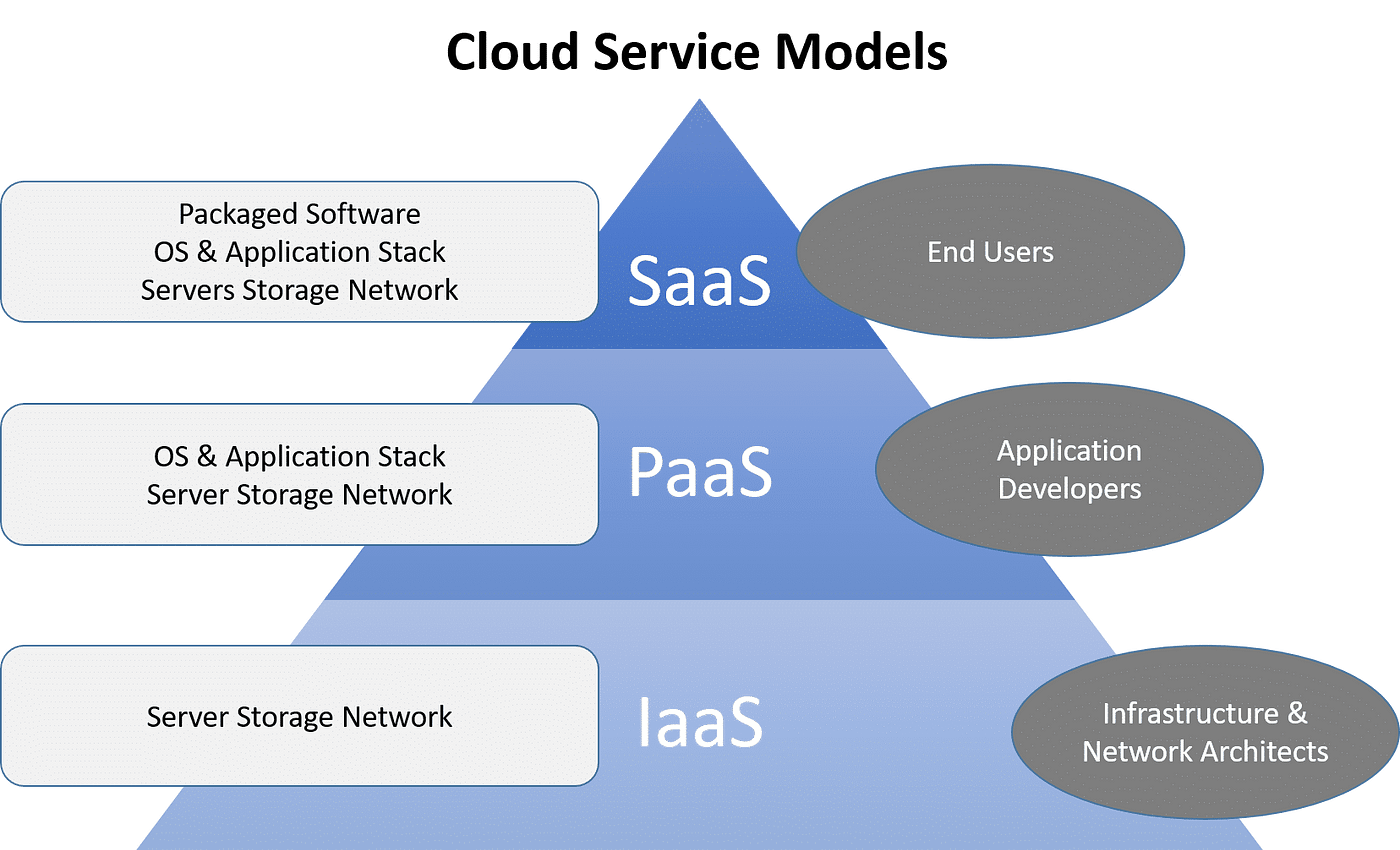Grasping LinkDaddy Cloud Services: The Ultimate Overview to Cloud Services Press Release Strategies
Grasping LinkDaddy Cloud Services: The Ultimate Overview to Cloud Services Press Release Strategies
Blog Article
Simplify Your Framework With Cloud Services
As organizations browse the ever-evolving landscape of modern technology and data administration, the duty of cloud services in simplifying infrastructure has come to be increasingly famous. Exactly how can companies successfully browse this change and absolutely unlock the capacity of cloud solutions for streamlining their infrastructure?
Advantages of Cloud Services
Cloud services supply a structured approach to handling IT infrastructure, giving businesses with cost-efficiency, versatility, and scalability. One of the essential advantages of cloud services is the scalability they provide. Organizations can quickly scale their sources up or down based upon need, guaranteeing they just pay for what they make use of. This flexibility is especially beneficial for businesses with changing demands or those experiencing growth.
Additionally, cloud solutions get rid of the demand for businesses to purchase pricey software and hardware. This cost-efficiency is a considerable benefit, particularly for little to medium-sized ventures looking to decrease upfront expenses. By making use of cloud services, organizations can access premium IT sources without the large price tag connected with traditional facilities setups.
Additionally, cloud services provide businesses with the flexibility to access their information and applications from anywhere with an internet link. This degree of ease of access enhances cooperation amongst groups, enables remote work, and increases general efficiency. The versatility offered by cloud solutions encourages organizations to adapt swiftly to altering market problems and client demands.
Expense Cost Savings and Scalability
In addition to the functional benefits highlighted earlier, the integration of cloud services right into a business's facilities brings forth substantial expense financial savings and boosted scalability. Cloud services provide a pay-as-you-go version, enabling companies to scale resources up or down based upon current requirements, therefore staying clear of the expenses associated with keeping excess capacity. This adaptability enables companies to adjust rapidly to fluctuating demands without sustaining unneeded expenditures.
In addition, cloud solutions remove the need for ahead of time investments in equipment and software, reducing funding expenses. General expenses are additionally lessened as firms no more need to handle and maintain physical servers, leading to lower power consumption and IT staffing expenses. Additionally, cloud solutions provide automated updates and maintenance, making sure that the infrastructure continues to be secure and up-to-date without requiring hands-on interventions.
Enhanced Safety And Security Actions
Applying rigid safety and security measures is paramount when integrating cloud services right into a firm's facilities to make certain and safeguard delicate data compliance with industry regulations. Cloud solution carriers use improved safety features such as data file encryption, firewall program security, and multi-factor verification to mitigate cybersecurity threats.
In addition, normal safety and security audits and compliance assessments help determine susceptabilities and make sure adherence to industry criteria. Companies can likewise benefit from functions like automatic safety and security updates and real-time danger surveillance supplied by cloud solution providers. By focusing on safety and security steps and staying proactive in addressing potential threats, businesses can with confidence hop over to these guys take advantage of cloud solutions while shielding their valuable information from unauthorized gain access to or breaches.
Transitioning to Cloud Infrastructure
To successfully incorporate cloud solutions into a company's framework, a structured method that deals with the change towards cloud-based services is necessary. Transitioning to shadow framework involves cautious preparation and implementation to make sure a smooth migration procedure - Cloud Services.
Once the assessment is total, a movement strategy should be established. This strategy needs to lay out the timeline, sources, and duties for moving each component to the cloud. It is important to connect this plan plainly to all stakeholders to make sure placement and decrease disruptions during the transition.
Throughout the migration process, testing and tracking are vital to determine and resolve any concerns promptly. Regular checkpoints should be established to track progress and make necessary modifications. Additionally, training for workers on utilizing cloud services need to be offered to ensure a successful shift and maximize the benefits of the new facilities.
Ideal Practices for Cloud Fostering
Effective adoption of cloud solutions rests on the calculated positioning of company goals with technical abilities and organizational readiness. To make certain a smooth shift to the cloud, organizations should begin by carrying out a thorough assessment of their current framework and identifying which work are best suited for cloud movement. It is vital to include crucial stakeholders from various departments in the decision-making process to acquire buy-in and deal with any concerns beforehand.
An additional ideal practice for cloud fostering is to prioritize protection and compliance. Organizations needs to very carefully examine the safety and security steps provided by cloud provider and make certain that their data is shielded according to market criteria and regulatory needs. Implementing durable information file encryption, gain access to controls, and normal safety and security audits can assist minimize dangers related to cloud fostering.

Conclusion
As services navigate the ever-evolving landscape of technology and information monitoring, the duty of cloud services in streamlining framework has come to be progressively prominent - Cloud Services. How can businesses effectively navigate this change and really unlock the possibility of cloud solutions for streamlining their facilities?
Cloud solutions use a structured technique to handling IT infrastructure, offering organizations with scalability, cost-efficiency, and adaptability. By utilizing cloud services, businesses can access high-grade IT sources without the significant rate tag linked with traditional facilities arrangements.
To make certain a smooth change to the cloud, organizations should begin by performing a detailed assessment of their existing framework and identifying which workloads are best suited for cloud movement.
Report this page